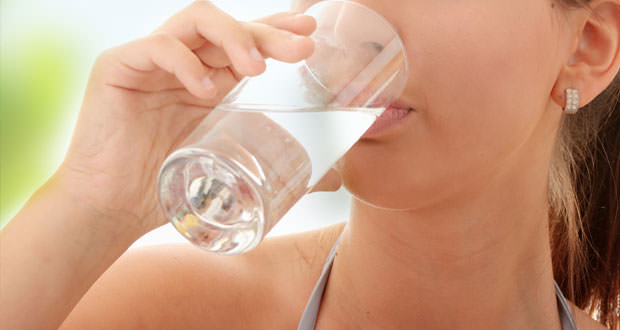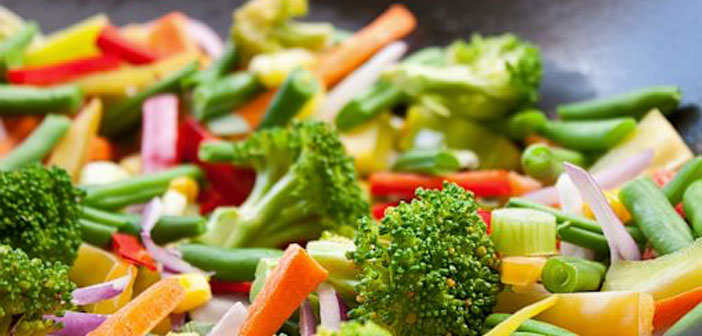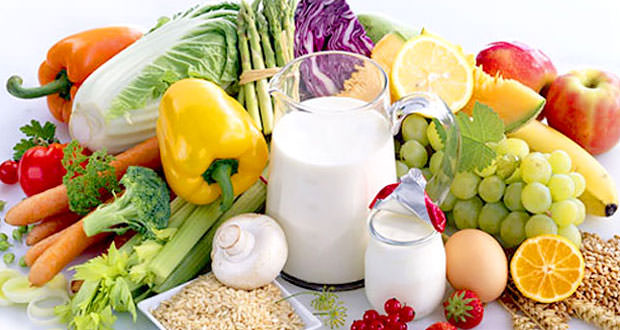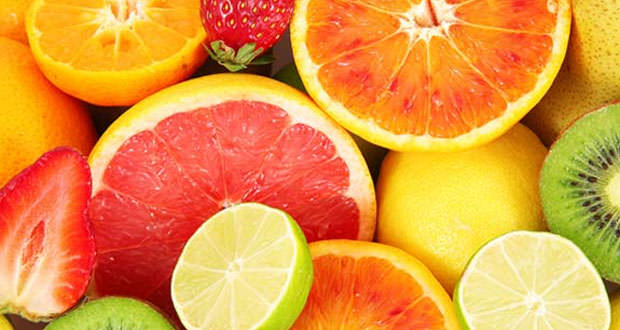Vitamin E: Functions and food sources
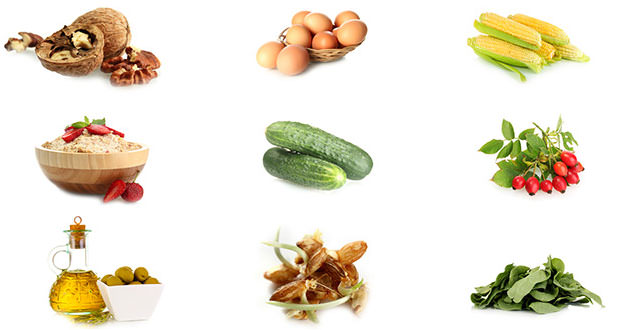
Antioxidant, anti-cancer, anti-aging. Vitamin E has many properties, and is also called beauty vitamin. It’s scientific name is tocopherol and is primarily known for its anti-free radicals.
In other words, it helps the body to counteract the unstable molecules that form in the body. But not only. We deepen it functions and find out. What are the dietary sources of Vitamin E?
1.) Many scholars believe that vitamin E is a valuable ally against cholesterol and cancer. It also helps to maintain good fluidity of the blood, preventing the formation of clots and reducing the risk of heart disease. The property which women are more affectionate, it is certainly one that concerns the beauty of skin and hair. Vitamin E helps to improve circulation to the scalp and thus increasing the life of the hair follicles. Moreover, this beauty vitamin helps strengthen the capillary walls, nourish and regenerate cells, giving us a better skin.
2.) According to some studies, the oil or cream based on vitamin E help fight acne, improving the appearance of old scars and wrinkles. Vitamin E can be assumed with the food, but also through supplements. The important thing is not to exceed the recommended daily allowance: 12 mg. but let’s see how to integrate it in our diet. The food with the highest content of vitamin E is the liver that turkey. If for some reason, you cannot eat, there are also other solutions. Many spices are rich in tocopherol. The paprika, for example, but also chilli, curry, and cayenne pepper. Among others, they contain high percentages of this vitamin even some types of oils: wheat germ, sunflower, peanut, rape seed, soy. Among the vegetables, you can choose between carrots, lettuce, tomato and spinach.
3.) You can find vitamin E in some types of nuts, such as walnuts, hazelnuts, almonds and peanuts. You can also take it as a supplement. But know that it is very sensitive to the sun, so protect your pills of vitamin E by placing them in a locker. The abuse of vitamin E does not have specific contraindications. In excessive doses, it is considered to be of low toxicity compared to other types of vitamins.

